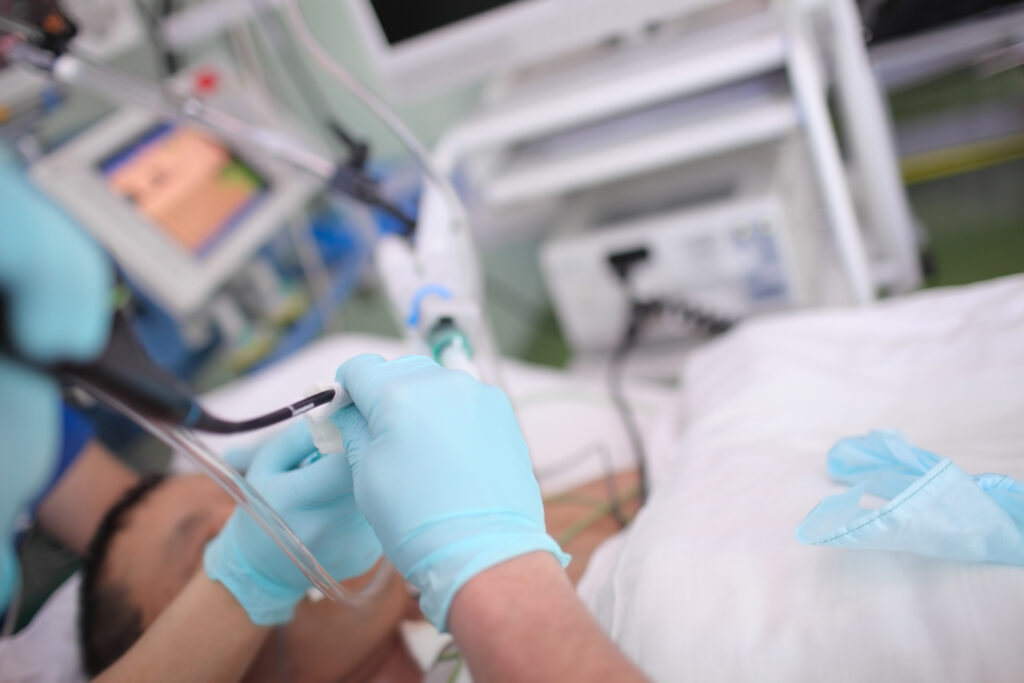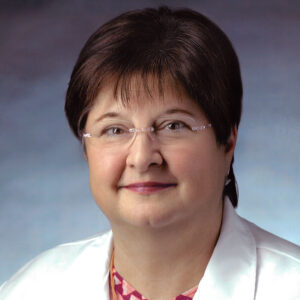By Santa J. Bartholomew M.D. FAAP, FCCM
See Corresponding Journal Article: Pediatric Substance Abuse
Case #1: Marc
Marc stated that he began snorting heroin secondary to peer pressure. He resided in a low-income city, and drug abuse was rather rampant in his community and school. He was encouraged by his peers to try snorting heroin. He did it for the first time and although he was not certain if he really liked the effect of the drug, it did not do him any harm, so at another outing, he decided to try to use it again when encouraged by his peers.
Marc’s only memory of this second event is that he passed out and, when he awoke, he was in a critical care unit in his community’s hospital on a ventilator. Upon snorting the heroin, Marc developed a spontaneous bilateral tension pneumothorax. The young people he was with immediately dialed 911, paramedics performed needle decompression in the field.
Besides the ventilator, Marc had two chest tubes, which remained in place for around 4 days. The chest tubes were removed, Marc was taken off the ventilator, and several days later, was transferred to a rehabilitation facility for substance use treatment. When asked why he did something he did not like the first time, Marc responded that he did not think anything would happen, and hadn’t considered anything terrible would happen, and simply wanted to be part of the group.
The idea of invincibility is well established in adolescents, with little thought for consequences until the brain is fully developed at or around 25 years old. Peer pressure is also an enormous motivator for teens. Pediatricians can help by establishing open dialogue with children beginning at age 9-10 and discussing peer pressure openly, other motivators for drug use, and narratives for declining.

Case #2: Stone
Stone was a student at Bowling Green State University. At twenty years old he was pledging Pi Kappa Alpha International fraternity his sophomore year. Stone was apparently forced to drink a bottle of alcohol by frat members, causing acute alcohol poisoning and putting Stone in a coma, from which he died three days later.
This story led to a lawsuit against the University in an attempt to end hazing associated with fraternity life at Bowling Green, but we read and watch these cases occur over and over on college campuses across America.
Adolescents are rue to experience humiliation in front of friends and acquaintances, and peer pressure is enormous if they want to fit in. Drinking at college has become a ritual that students see as an integral part of the college experience, but their brains are not yet developed completely to assess the risk associated with these dangerous behaviors.
NIAAA estimates that 1,500 college students ages 18 to 24 die from unintentional alcohol-related injuries every year, including motor vehicle crashes while intoxicated. One in 4 students experience academic difficulties from drinking, and 15 % of full-time college students ages 18 to 22 years old met the criteria for Alcohol Use Disorder (AUD) in 2022, according to NSDUH. The first six weeks of Freshman year were the most vulnerable time for heavy drinking and alcohol-related consequences.
Colleges have started to employ environmental strategies designed to reduce the availability of alcohol and offer counseling to struggling students in a program called CollegeAIM. Research, however, shows that combined efforts of colleges with engaged parents and strong school leadership make the largest impact.

References
Hingson RW, Zha W, White AM. Drinking beyond the binge threshold: predictors, consequences, and changes in the U.S. Am J Prev Med, 2017;52(6):717–27
Methodology for arriving at estimates described in Hingson R, Zha W, and Smyth D. Magnitude and trends in heavy episodic drinking, alcohol-impaired driving, and alcohol-related mortality and overdose hospitalizations among emerging adults of college ages 18–24 in the United States, 1998–2014. J Stud Alcohol Drugs. 2017;78(4):540–48
National Institute on Alcohol Abuse and Alcoholism [Internet]. Defining binge drinking. In: What Colleges Need to Know Now: An Update on College Drinking Research. Bethesda (MD): National Institutes of Health; 2007
Adolescents and Opioid Substance Use:Case Studies
Rundio,A,et.al.Journal of Addictions Nursing & Volume 29 & Number 2, 148-149





